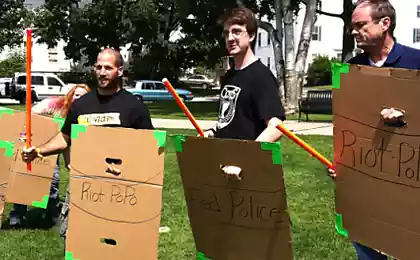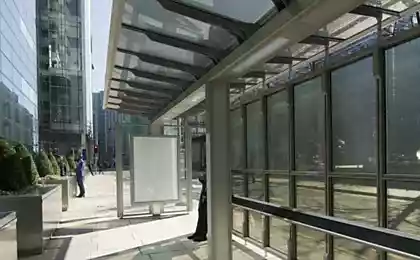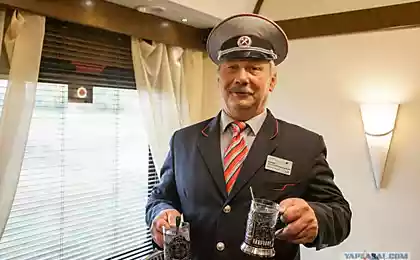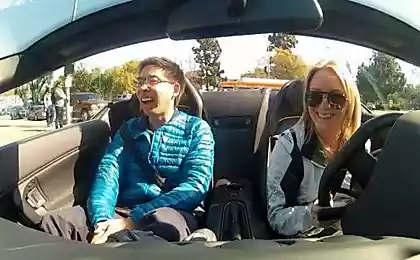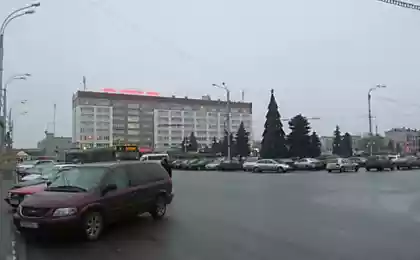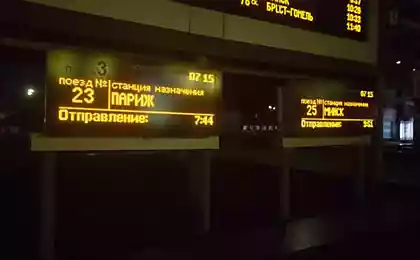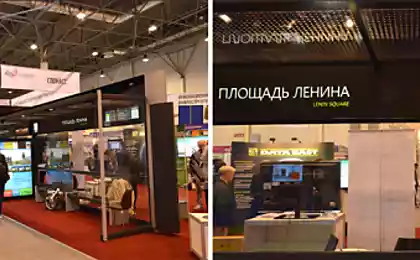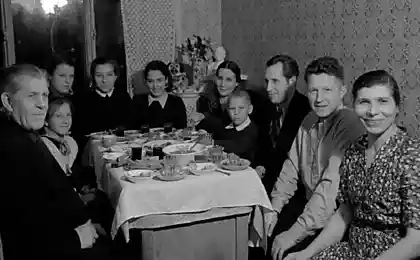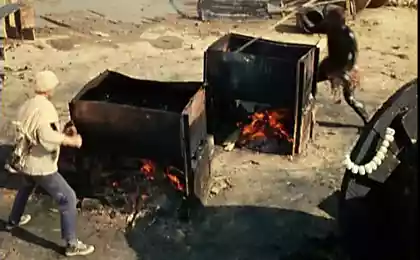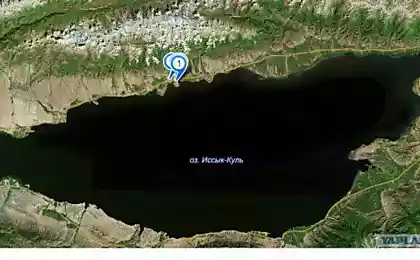586
In the commune stop ...
"Every locomotive consists of three main parts: the boiler, machinery and crew. Each of these three major part in turn consists of smaller parts and components. "
From management fireman
A little south of Kungur, on the way to an anomalous zone of IPB, there are quite a remarkable place - Shumkova station. This is the base stock of railway locomotives and wagons. Intelligence reported that on this basis remained the n-Noe number of old locomotives. So we must go!
36 photos via zizis

01.
Base Shumkova the passenger station Shumkova binds only the name and a railway line.
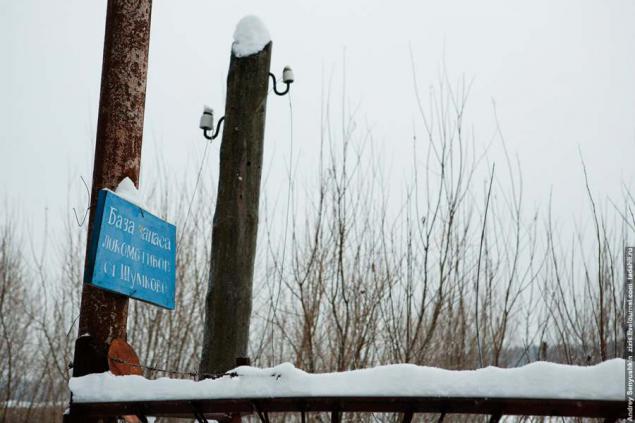
02.
The base is at a dead end near the village of Spaso-Barda, a separate entrance to it, and instead of the fence are very colorful old cars.
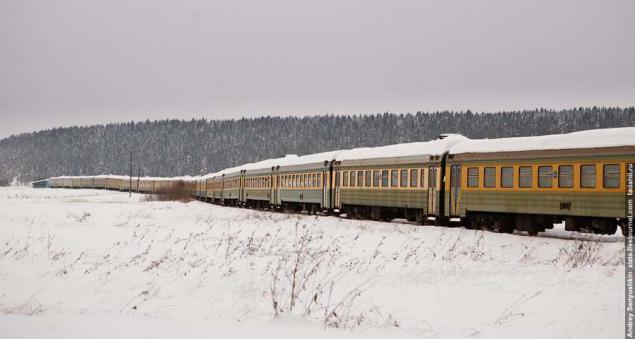
03.
If you are thinking to visit this place, better go legally. They work great funny men, promised to show the place of birth of the current governor of the Perm (according to the men, he was born just at this point, only the house, unfortunately, not preserved), and to dissuade us go to the IPB, for aliens there are only shown close to the 10th of January. So we can safely come to the house and ask to shoot / view.
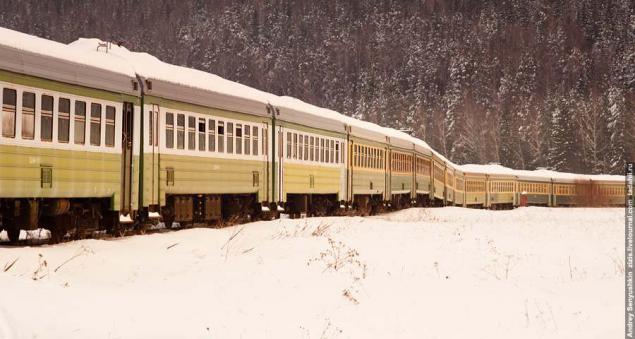
04.
Besides the old steam locomotives there are new cars ended SCHOM-1200, waiting for their time.
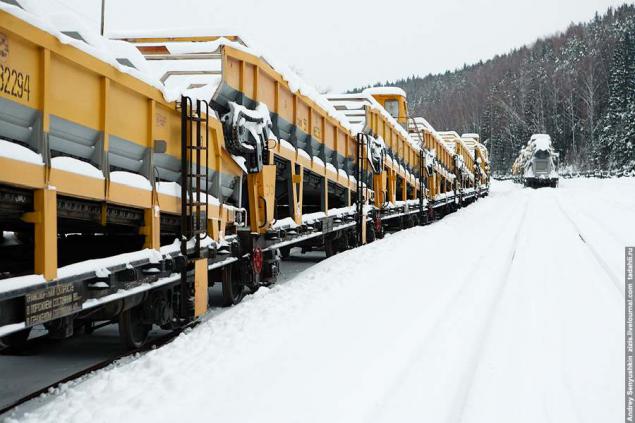
05.
These cars are used for web service, using them sifted the rubble.
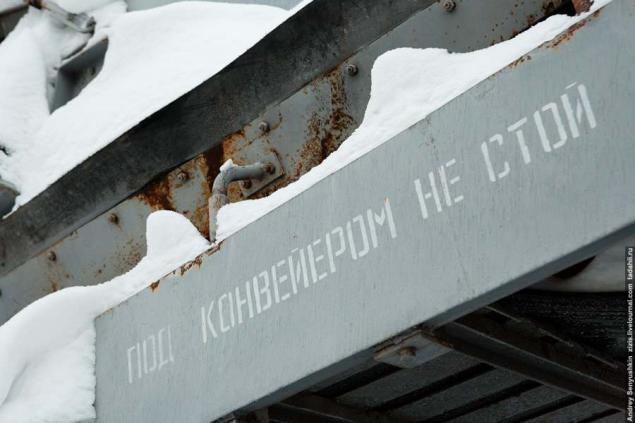
06.
Spur cleaned regularly. We were just after a snowfall, so that the composition of the snow did not return immediately to the base and went to clean the line. Particularly attentive driver can see the UNV in the box. The way he naturally sees is not particularly good, so in the ways it is better not to stand.
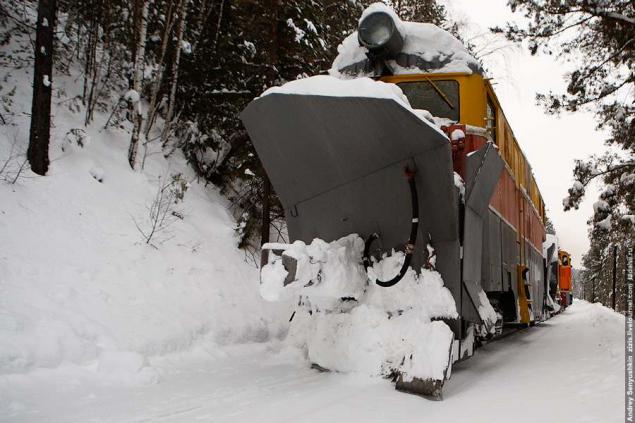
07.
That's locomotives. On the far ways of six pieces, all IP-20, Joseph Stalin.
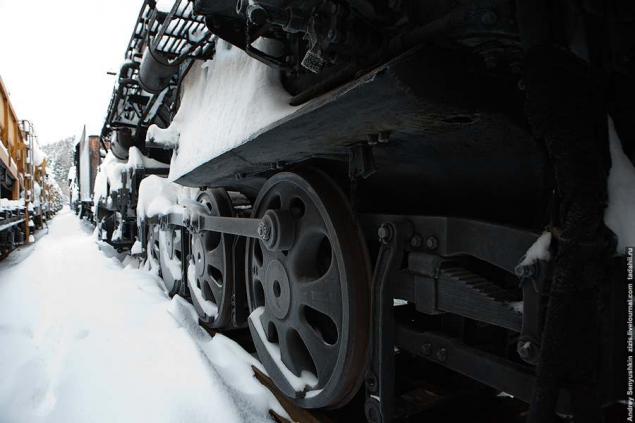
08.
In 1962, they renamed the FDP (Felix Dzherzhinsky passenger). Unfortunately, I know very little about the locomotives, but no longer feel at the sight of them some kind of childish joy

09.
A quarter century ago, this was a locomotive depot Cousineau. In the 90 years the depot was closed and he moved here.
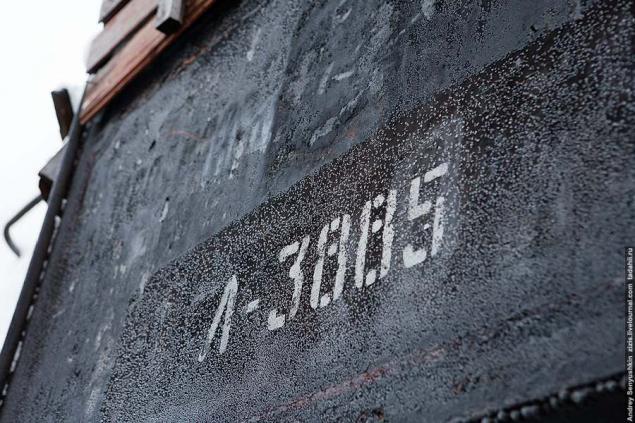
10. That Photo 88 years. Taken from the great, the world's largest on this topic, site parovoz.com.
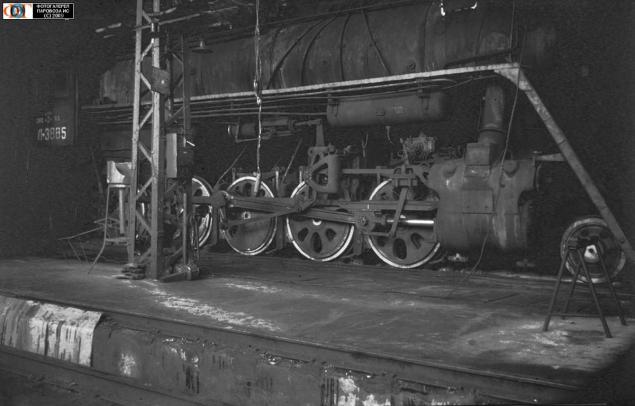
11.
Workplace driver and stoker. The tubes, valves, gauges, levers ... All this is somehow in a special way called, but I, unfortunately, do not know how.

12
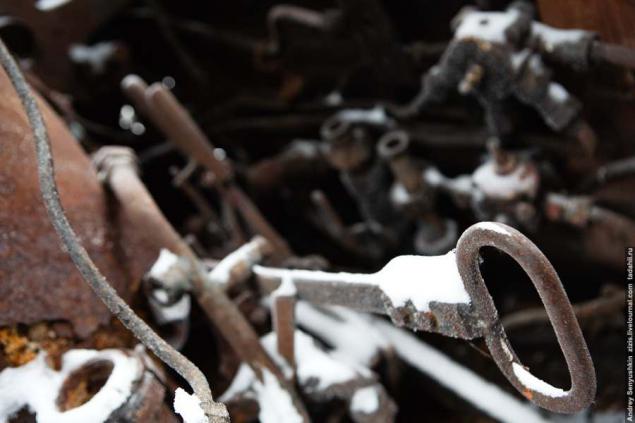
13
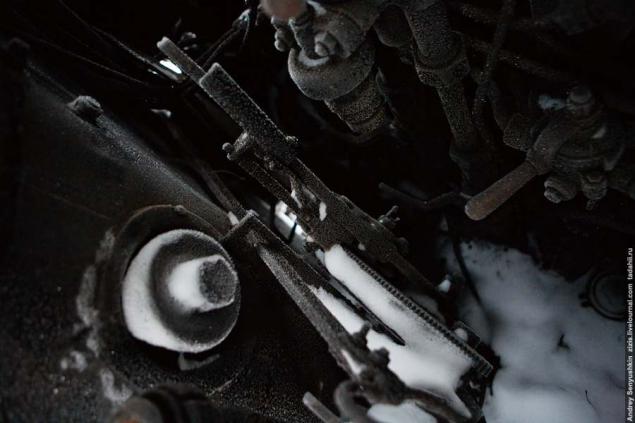
14
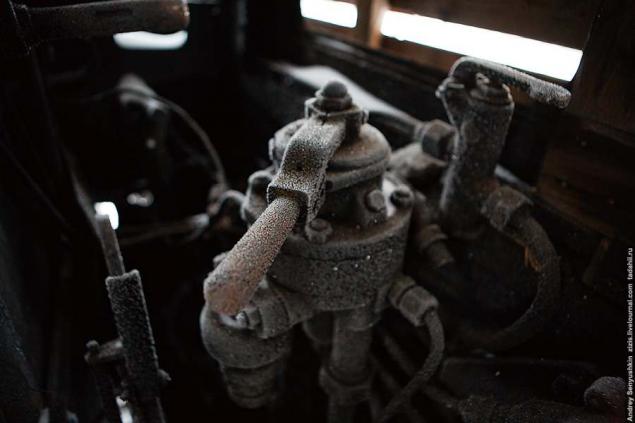
15.
"Injection engine" ... Somehow not fit in my head
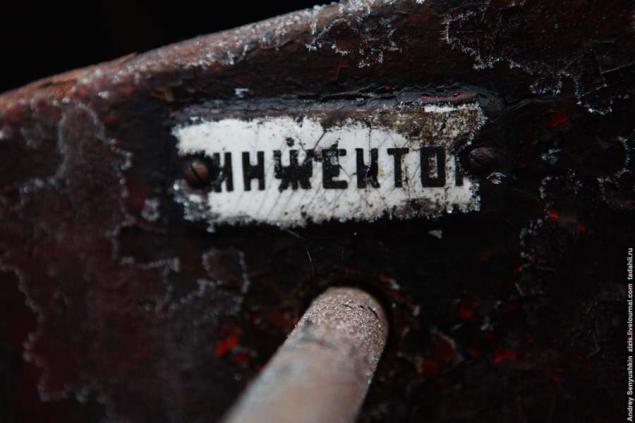
16.
Part of the equipment dismantled.

But it was dismantled, but not uprooted. If necessary, all can be brought into operation.

Locals call locomotives scrap and say they do not know why they were kept there.
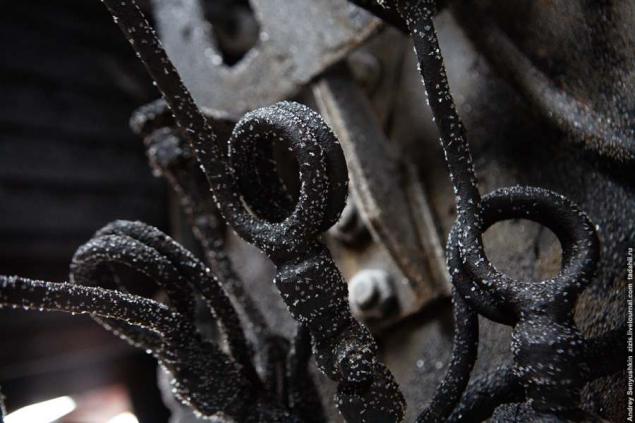
And I think that it is a strategic reserve of the motherland, in the case of decommissioning of nuclear power plants and nanoprivodov.
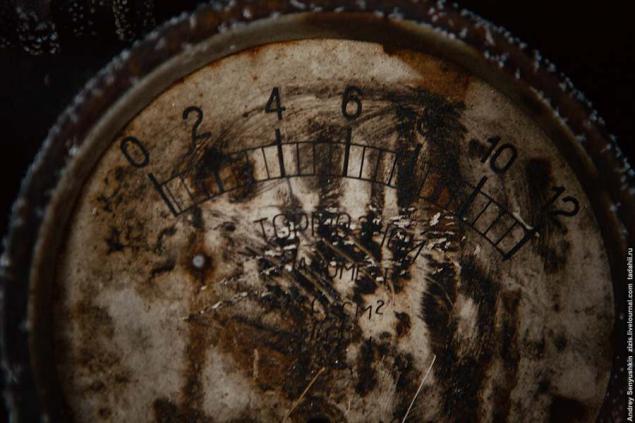
And of course it is a great open-air museum.

The first sample was released in late 1932, but large-scale production locomotive went only in 1937.
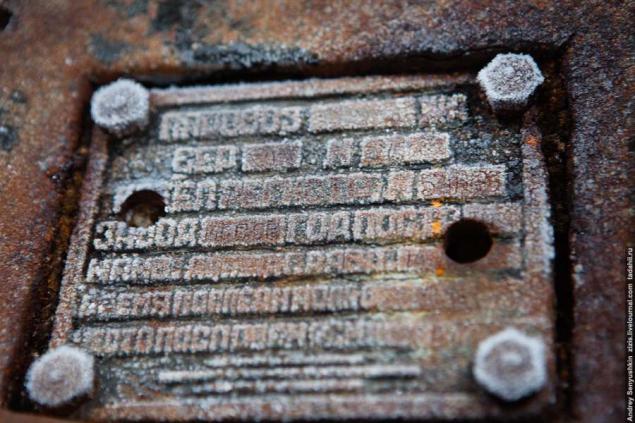
Total for the period from 1932 to 1942, 649 locomotives were produced.
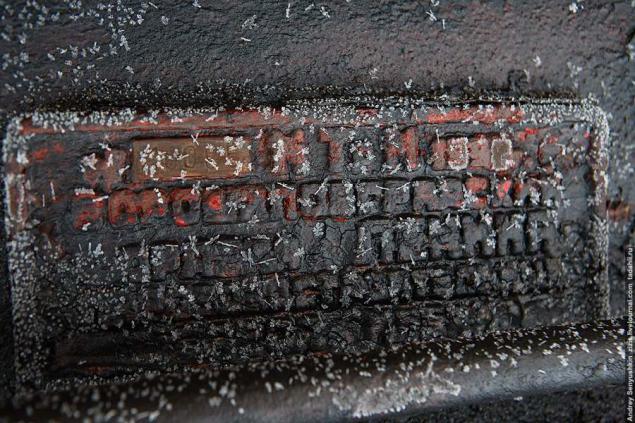
In general, 1937 has stood for this machine is very significant. In addition to setting up mass production, IS20-241 won the Grand Prix at the World Exhibition in Paris, beating with the Polish Elena Beautiful Pm36.
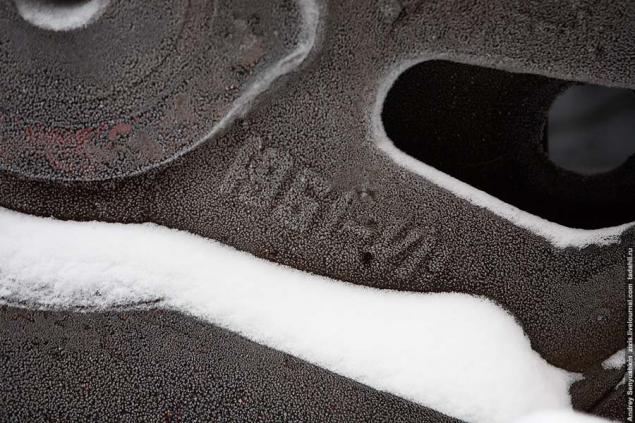
And in the same year it was developed aerodynamic shroud mounted on IS20-16. According to tests at speeds above 100 km / h gain in horsepower was 200-250 fillies. This locomotive also set a speed record of 155 km / h.

26

In general, this knowledge about my IS20 drying up, begins locomotive macro
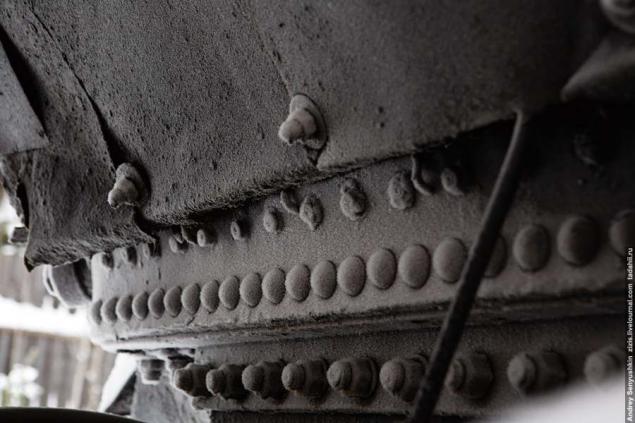
Very lucky with the weather: frost on the old metal fabulously beautiful.
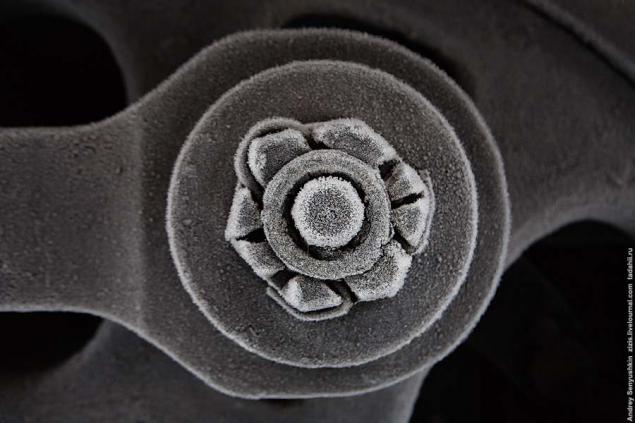
29
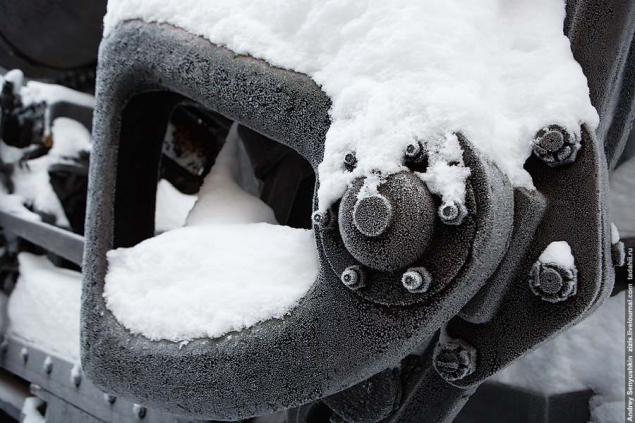
30

31
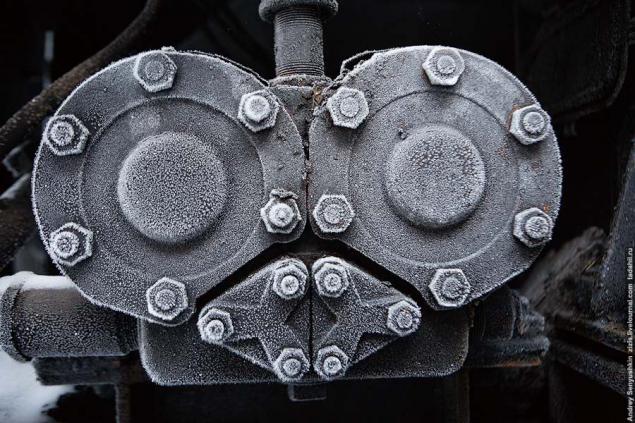
32
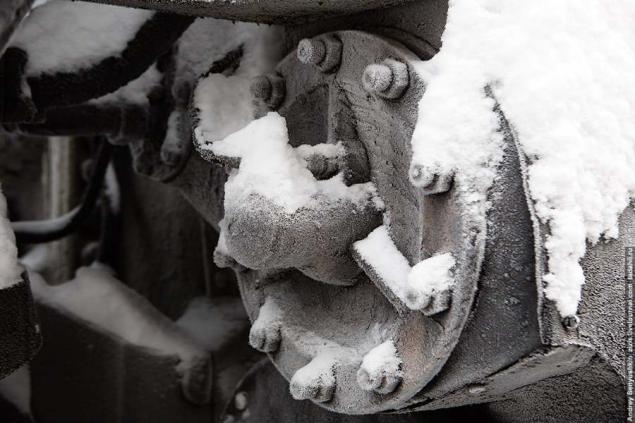
33
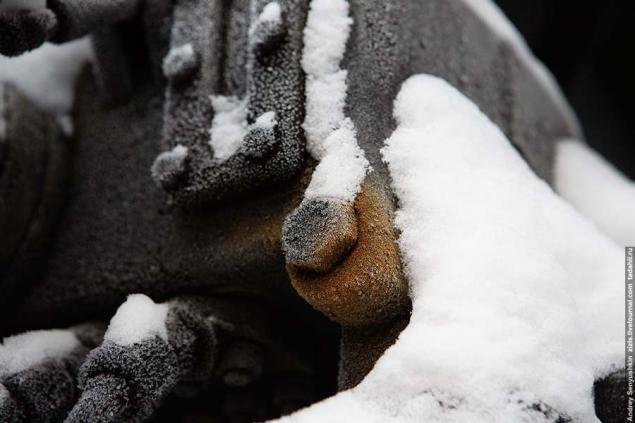
Snow created for Star Ku Klux a Clan cap. Of course I could not resist and opened the front door.

Nothing particularly interesting was not there. I looked at the pipe on the other hand here steam goes to the pistons.
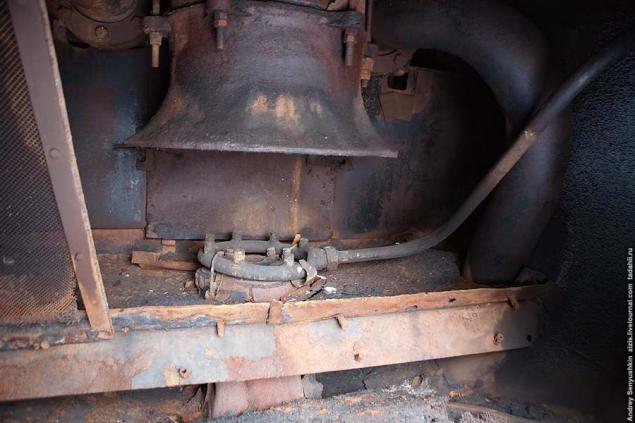
Somewhere, two kilometers half-meter snowdrifts are other locomotives and wagons. How many of them do not even know where the local workers. In winter, do not go there in the summer very rarely checked, so as not had a drink in the metal.
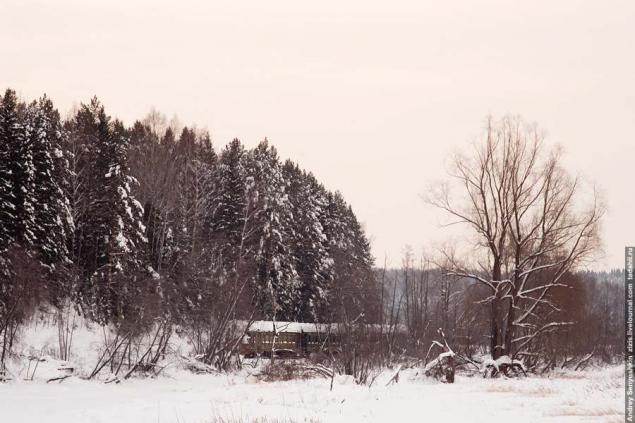
Source:
From management fireman
A little south of Kungur, on the way to an anomalous zone of IPB, there are quite a remarkable place - Shumkova station. This is the base stock of railway locomotives and wagons. Intelligence reported that on this basis remained the n-Noe number of old locomotives. So we must go!
36 photos via zizis

01.
Base Shumkova the passenger station Shumkova binds only the name and a railway line.

02.
The base is at a dead end near the village of Spaso-Barda, a separate entrance to it, and instead of the fence are very colorful old cars.

03.
If you are thinking to visit this place, better go legally. They work great funny men, promised to show the place of birth of the current governor of the Perm (according to the men, he was born just at this point, only the house, unfortunately, not preserved), and to dissuade us go to the IPB, for aliens there are only shown close to the 10th of January. So we can safely come to the house and ask to shoot / view.

04.
Besides the old steam locomotives there are new cars ended SCHOM-1200, waiting for their time.

05.
These cars are used for web service, using them sifted the rubble.

06.
Spur cleaned regularly. We were just after a snowfall, so that the composition of the snow did not return immediately to the base and went to clean the line. Particularly attentive driver can see the UNV in the box. The way he naturally sees is not particularly good, so in the ways it is better not to stand.

07.
That's locomotives. On the far ways of six pieces, all IP-20, Joseph Stalin.

08.
In 1962, they renamed the FDP (Felix Dzherzhinsky passenger). Unfortunately, I know very little about the locomotives, but no longer feel at the sight of them some kind of childish joy

09.
A quarter century ago, this was a locomotive depot Cousineau. In the 90 years the depot was closed and he moved here.

10. That Photo 88 years. Taken from the great, the world's largest on this topic, site parovoz.com.

11.
Workplace driver and stoker. The tubes, valves, gauges, levers ... All this is somehow in a special way called, but I, unfortunately, do not know how.

12

13

14

15.
"Injection engine" ... Somehow not fit in my head

16.
Part of the equipment dismantled.

But it was dismantled, but not uprooted. If necessary, all can be brought into operation.

Locals call locomotives scrap and say they do not know why they were kept there.

And I think that it is a strategic reserve of the motherland, in the case of decommissioning of nuclear power plants and nanoprivodov.

And of course it is a great open-air museum.

The first sample was released in late 1932, but large-scale production locomotive went only in 1937.

Total for the period from 1932 to 1942, 649 locomotives were produced.

In general, 1937 has stood for this machine is very significant. In addition to setting up mass production, IS20-241 won the Grand Prix at the World Exhibition in Paris, beating with the Polish Elena Beautiful Pm36.

And in the same year it was developed aerodynamic shroud mounted on IS20-16. According to tests at speeds above 100 km / h gain in horsepower was 200-250 fillies. This locomotive also set a speed record of 155 km / h.

26

In general, this knowledge about my IS20 drying up, begins locomotive macro

Very lucky with the weather: frost on the old metal fabulously beautiful.

29

30

31

32

33

Snow created for Star Ku Klux a Clan cap. Of course I could not resist and opened the front door.

Nothing particularly interesting was not there. I looked at the pipe on the other hand here steam goes to the pistons.

Somewhere, two kilometers half-meter snowdrifts are other locomotives and wagons. How many of them do not even know where the local workers. In winter, do not go there in the summer very rarely checked, so as not had a drink in the metal.

Source:





